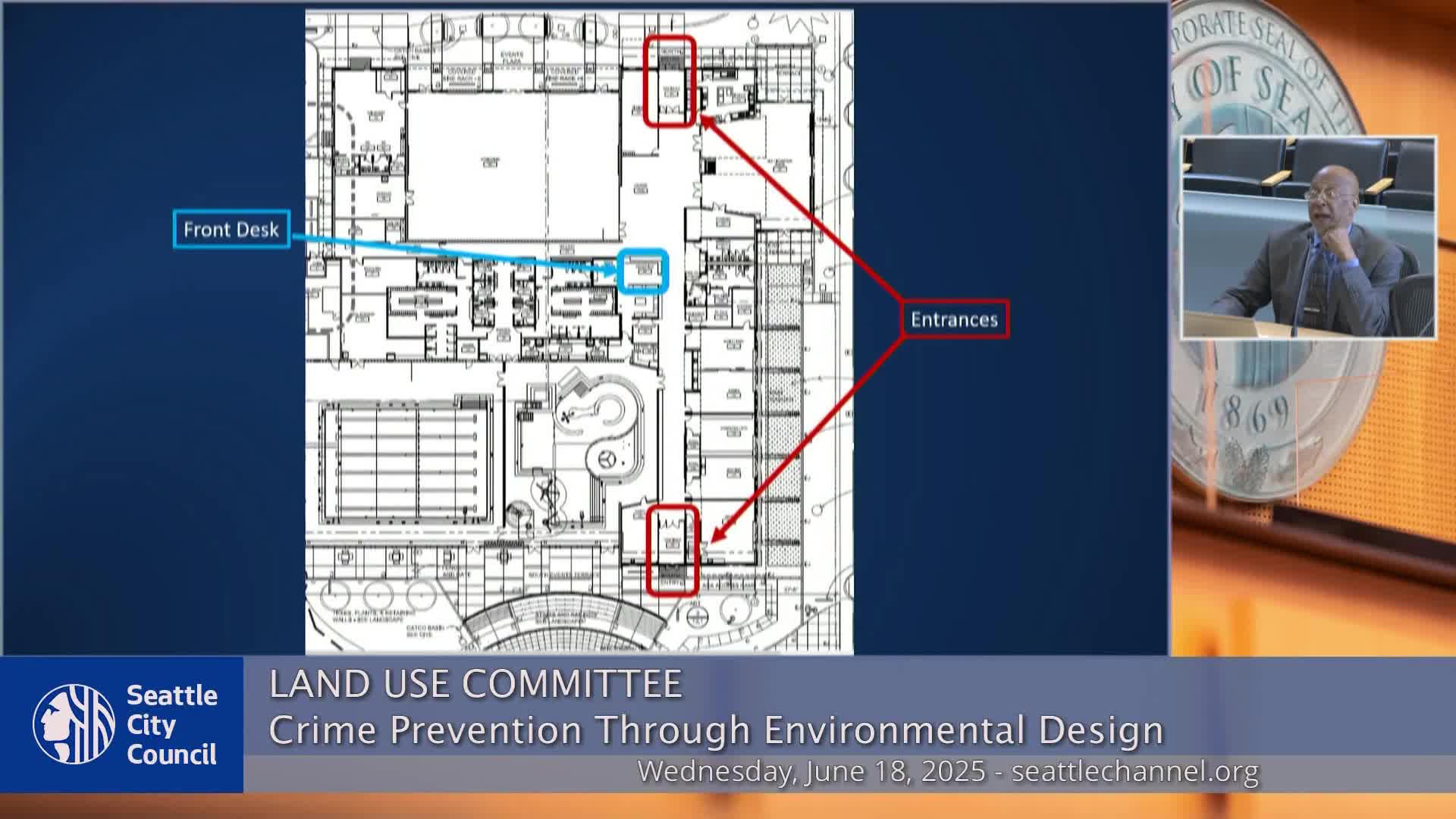Tampa City Embraces CPTED Principles to Enhance Crime Prevention
June 19, 2025 | Seattle, King County, Washington
Thanks to Scribe from Workplace AI , all articles about Washington are free for you to enjoy throughout 2025!

This article was created by AI using a video recording of the meeting. It summarizes the key points discussed, but for full details and context, please refer to the video of the full meeting. Link to Full Meeting
The committee noted that Tampa not only supports CPTED as a philosophy but actively integrates these principles into its regulatory review processes. This approach ensures that crime prevention strategies are woven into the fabric of city planning and development. Key elements of CPTED discussed include natural surveillance, natural access control, and territory reinforcement, all aimed at creating safer public spaces.
The implications of adopting similar strategies in Seattle could lead to enhanced safety in neighborhoods, as these design principles encourage environments that deter criminal activity. By focusing on how urban design can influence safety, the committee aims to foster a community where residents feel secure in their surroundings.
As Seattle continues to explore ways to improve public safety, the integration of CPTED principles could play a crucial role in shaping the city’s future development. The committee's discussions reflect a growing recognition of the importance of proactive measures in urban planning to address community safety concerns.
Converted from Seattle City Council Land Use Committee Special Meeting Public Hearing 6/18/2025 meeting on June 19, 2025
Link to Full Meeting
Comments
View full meeting
This article is based on a recent meeting—watch the full video and explore the complete transcript for deeper insights into the discussion.
View full meeting
